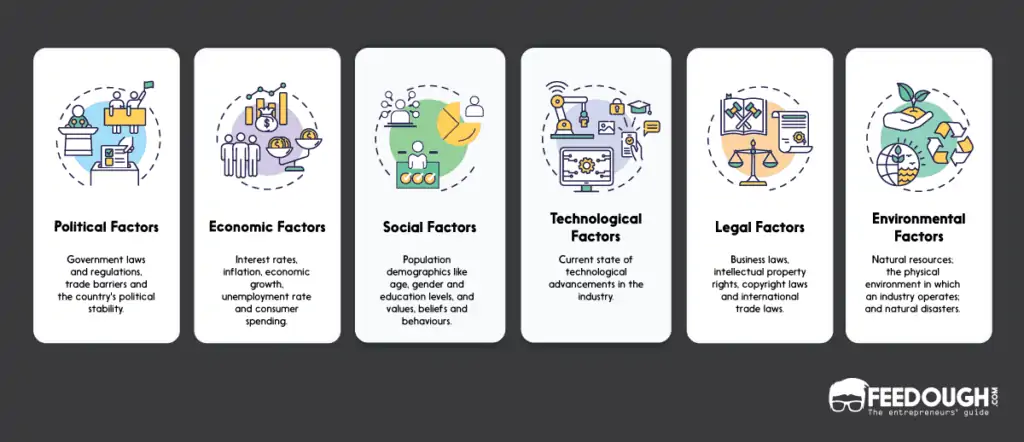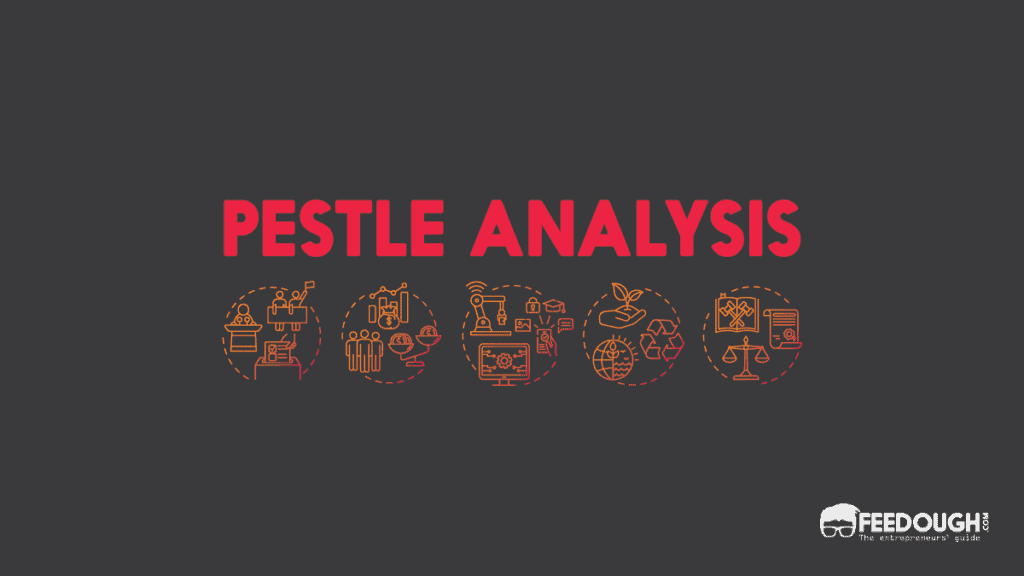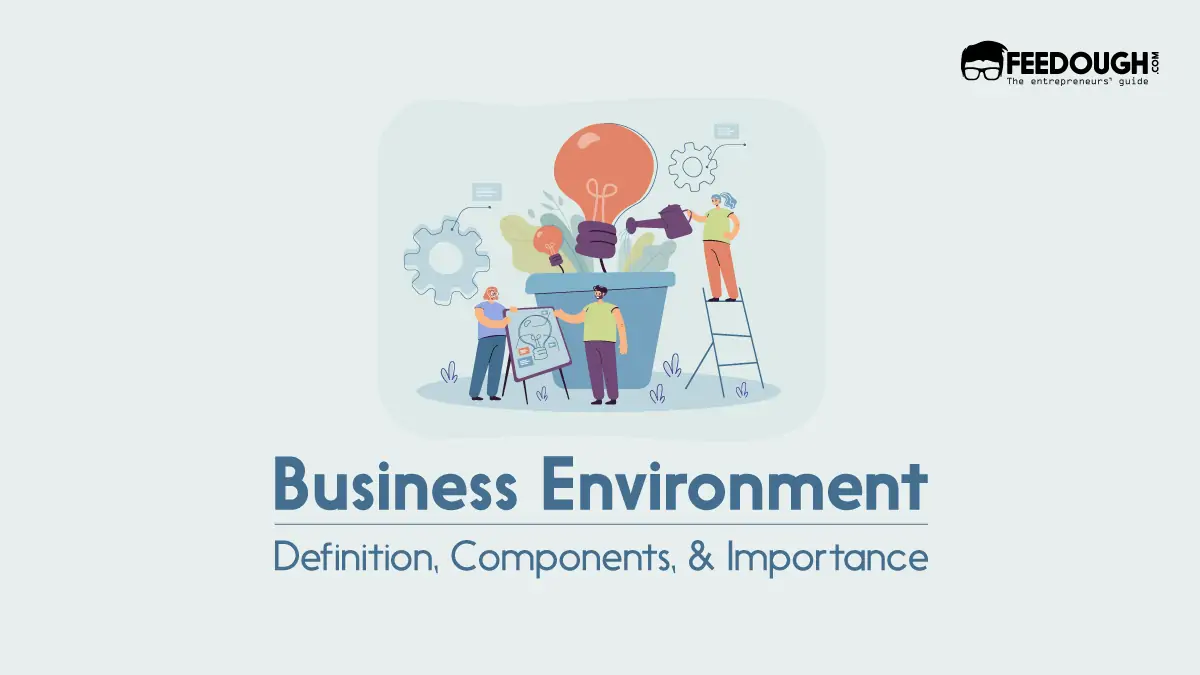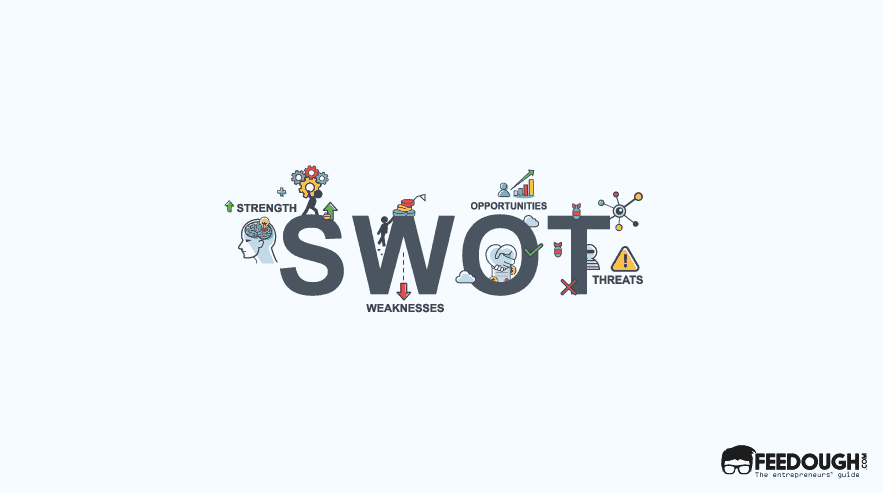When it comes to business success, not everything is in the hands of the business. Many external factors affect business growth or decline. These factors are called environmental factors or “external” factors. Therefore, companies need to ensure their success by understanding these important external factors and taking them into account in order to achieve better results than their competitors.
PESTLE analysis comes in handy to understand these external factors. It helps business owners assess the situation of their industry at large, as well as specific opportunities and threats that might come with it.
Here’s a guide explaining PESTLE analysis, its factors, importance and examples.
What is PESTLE Analysis?
PESTLE analysis stands for Political, Economic, Social, Technological, Legal and Environmental analysis. It’s a strategic framework used by companies to assess the impact of external factors on their business.
Also referred to as PESTEL analysis, it helps in understanding the key forces that affect a business’s environment and performance at large. As such, it can be used during strategising to evaluate potential opportunities or threats in the current macro-environment.

PESTLE Analysis Factors
PESTLE analysis is divided into six sections:
Political Factors
Political factors constitute the political factors that affect a business, including the government’s policies for its citizens and businesses. These may include rules, laws, taxes, tariffs or other restrictions imposed on companies by various government departments. Taxation policies, foreign trade regulations, political stability etc., are some other considerations in political components.
For example, a new import policy banning imports from a specific country may affect the company’s business. Another example is demonetisation in India, which affected businesses operating in this country during 2016-2017.
Economic Factors
Economic components comprise the factors that determine the financial health of a nation, including GDP growth rates, inflation, unemployment, etc. It’s also about the employment rate and job security. The economy’s financial position and stability at a given time directly influence the economy’s saving, investment, and employment levels.
For example, if the economy is doing well, people will be more willing to spend money on discretionary items. Wage rate, unemployment, economy’s growth rate, credit availability, cost of living are some other economic factors that businesses need to consider.
Social Factors
Social components of PESTLE analysis incorporate demographics, including population and lifestyle. It also covers the social trends and values of society at a given time. Moreover, it considers the social behaviour and habits of the consumer.
For example, if people in that region or locality are more inclined towards organic foods, then demand for such products will be higher there compared to other areas. Social changes, population growth rate, employment level etc., are some other considerations under social components.
Technological Factors
Technological components encompass the factors affecting the degree of technology and innovation in a country. They include the technological advancement of the society, cost-effectiveness of technology, R&D investments in a country etc.
For example, a speedy internet facility will increase demand for video streaming services, threatening TV broadcasters catering to the same media segment. Availability of fast transport facilities will improve access to remote locations and boost sales from that region. Technological advancements, infrastructure for research and development, availability of skilled labour force together determine technological components.
Legal Factors
Legal factors refer to the laws and regulations passed by the government for businesses operating in that region or locality. These include environmental protection acts, anti-bribery laws etc., that affect the business operations.
For example, a new law prohibiting businesses from using plastic bags to pack their products will affect the packaging and distribution expenses of companies dealing with such products.
Environmental Factors
Environmental components, also referred to as geographical factors, include all factors affecting nature and ecology. Specific industries like insurance, farming, tourism, adventure sports etc., have to analyse ecological trends closely to operate effectively.
For example, severe pollution of rivers and lakes due to dumping of untreated industrial effluents will directly impact related businesses. Availability of natural resources also affects a business’s operation in a given locality or country.
The Importance of PESTLE Analysis
PESTLE analysis gives the businessman a chance to view the business prospects through the lens of the entire economy. It helps comprehend the business position taking into account all the macroeconomic forces. It works as a:
- Evaluation framework- PESTLE analysis helps a company weigh its performance by looking into the broad political, economic, social, technological, legal, and environmental factors influencing it. It helps a business gauge the favourable conditions in its launch stage, entry-stage into a new market or during its lifecycle.
- Mapping technique: The analytical framework gives a bird-eye view of the company’s present stance and a sneak peeks into the future trends. These insights also help the business to make decisions concerning the near future and plan its course of action for the long term.
- Strategic planning tool: The study of PESTLE elements makes the corporations aware of the environment they are operating in. Better know-how of this environment gives them a competitive edge over other players and helps in strategic decision-making.
Case Uses Of PESTLE Analysis
PESTLE analysis finds its practical application in the following:
- Workforce planning: Developing the workforce requires the alignment of business and personal goals. PESTLE analysis helps identify the key issues that prevent it and helps create a long-term committed workforce.
- Strategic business planning: Valuable insights from the PESTLE analysis immensely aid business planning. They indicate the areas of focus and direct the course of future actions by its top management. It helps address weaknesses and harness the strengths of the company systematically.
- Marketing groundwork: Evaluation of PESTLE factors helps understand critical market trends in the external environment. It helps to plot the marketing groundwork for the product by fulfilling the most key marketing objectives.
- Product development: PESTLE analysis gives better awareness about the product through consumer inputs. This response helps the firm in developing the product through constant improvements and advancements.
- Organisational revamp: The exploration of the macroeconomic PESTLE factors helps in identifying the reason for organisational revamp. It gives insights into potential challenges to such a revamp and allows businesses to take corrective action in advance.
Advantages of PESTLE Analysis
PESTLE analysis is a robust tool that provides several important benefits to the corporate world. They include:
- Saving costs: A commitment of time and effort is the only cost incurred in PESTLE analysis. No monetary prices are spent on it, making it one of the best cost-effective analytical frameworks in use.
- Gaining cognisance: PESTLE analysis gives a better understanding and awareness of the product-launch environment by investigating its factors. It keeps businesses firm footed as they are conscious of the environment and can modify the product according to the changing trends.
- Avoiding threats: PESTLE analysis is a multi-dimensional approach to inspect the political, economic, social, technological, legal and environmental domains. Regular analysis keeps the businessman aware of the potential threats and avoids such possibilities by corrective actions. For example, complying with necessary labour norms in advance to avoid legal sanctions.
- Tapping opportunities: The systematic framework explains how the firms can utilise the changing PESTLE factors to their advantage. For example, the government’s seed fund is a boon for startups.
Disadvantages of PESTLE Analysis
Although PESTLE analysis is an effective way to understand the business environment, it comes with certain limitations. They are:
- Time-taking: It takes time to find reliable sources, gather data, classify the data, make sense, bring out the highlights and formulate a report. An enormous amount of time to tackle each PESTLE factor and then draw insights from the same makes it undesirable.
- Inconsistent: Top-level personnel feeds on the data to carry out the PESTLE analysis. Each of them has a different set of beliefs and perceptions which guide their thoughts. Therefore, conclusions made by each may be different and inconsistent in respect to others: which makes decision-making tough.
- Unreliable: The PESTLE factors are dynamic and frequently change, making the analysis unpredictable at any time. In addition, most of the data required for the study is not readily available, which again adds to the downside of PESTLE analysis.
- Complexity of analysis: The framework gives results through a multi-dimensional examination process that requires expertise and experience to hone skills in this field. It can be daunting for beginners who lack these traits or professionals not having specific knowledge in the organisation.
Examples of PESTLE Analysis
Organisations across the globe are doing their level best in producing the optimum output suiting their target audience’s preferences, using PESTLE analysis. Here are case examples of the same.
Coca-Cola
It is the leading global player in the beverage industry with almost $40 billion in revenue and dominates 50% of the carbonated beverage market. It projects itself to ‘Refresh the world. Make a difference.’
Let’s look into how Coca-Cola works and understand its PESTLE components and their impact on the firm in the past.
Political factors
- Coca-Cola ban in Sri Lanka in 2013 for three months owing to trade sanctions.
- Countries of Cuba and North Korea prohibit the sale and purchase of Coca-Cola due to the prevailing political conditions.
- The trade war between US and China in 2020 impacted the price of Coca-Cola canned products due to a tariff-rise on aluminium and steel.
Economic factors
- In 2019, an increase in the price of its canned products due to a hike in tariffs increased its revenues by 8% in the third quarter.
- In 2018, the new trade agreement between the US, Mexico and Canada for free and fair trade; shifted the demand to low-calorie drinks. It increased the retail value of its products, namely Diet Coke and Zero Sugar, by 8%.
Social factors
- In 2014, the #shareacoke campaign helped the rand to connect with people and amplified its social media presence
- Online Coca Cola store enabled personalisation of names in the bottles and connected on a personal level with its consumers
Technological factors
- Coca-Cola leverages social media networking to stay in touch with the trends.
- Its innovation finds a way through online gaming portals where consumers play games online and relate with the brand personally.
- Customisable drink dispensers
Legal factors
- The quantity of caffeine found in its product has posed questions in the past in many countries.
- The corporate ethics of Coca-Cola have been at stake due to alleged numeral suits of racial discrimination filed against the company in the past.
- Mislabeling of products has also been a cause of serious concern in the past.
Environmental factors
It is reported as the largest consumer of freshwater globally and is taking steps like intelligent farming methods to tackle the issue.
Nike
With a whopping revenue of $42.3 billion, Nike is a global leader in the sports equipment and apparel industry. It accounts for 37% of the market share and aims to ‘bring inspiration and innovation to every athlete in the world.’
Let’s look into how Nike makes it happen and understand its PESTLE components and their impact on the firm in the past.
Political factors
- The company has its business spread worldwide; therefore, trade policies of imported goods, trade regulations with the US, change of governments, embargos etc., exert direct influence on the business.
Economic factors
- Nike operates at lower profits in countries with excessive import duties and low purchasing power.
- Nike has dealings overseas, which makes it susceptible to fluctuations in exchange rates in different countries.
Social factors
- Nike has faced criticism over sweatshops or strikes by the workers on account of salary and work environment in the past.
- Changing customer preferences and fast fashion cause dramatic shifts in its operations.
Technological factors
- Nike makes significant investments in research and development facilities to offer top-of-the-line products.
- Nike has infused capital in various laboratories and expertise for biomechanics, exercise psychology, engineering etc.
Legal factors
- Labour laws of different nations relating to safe and healthy working conditions have led to lawsuits against the firm in the past.
- Aggressive advertisement campaigns by the firm have also come under legal scrutiny.
Environmental factors
- Nike ranks as one of the most environment-friendly companies.
- It has conducted research and development for waste reduction, reused waste material for production, and adopted eco-friendly manufacturing practices.
Go On, Tell Us What You Think!
Did we miss something? Come on! Tell us what you think about our article on PESTLE analysis in the comments section.
A fervent reader, research maniac, and a go-getter with a knack for opinionated content. Janvi has actively contributed to educational institutions, startups, and non-profit organisations through her structured and expressive writings. Often found socialising, playing with dogs, and photographing.








